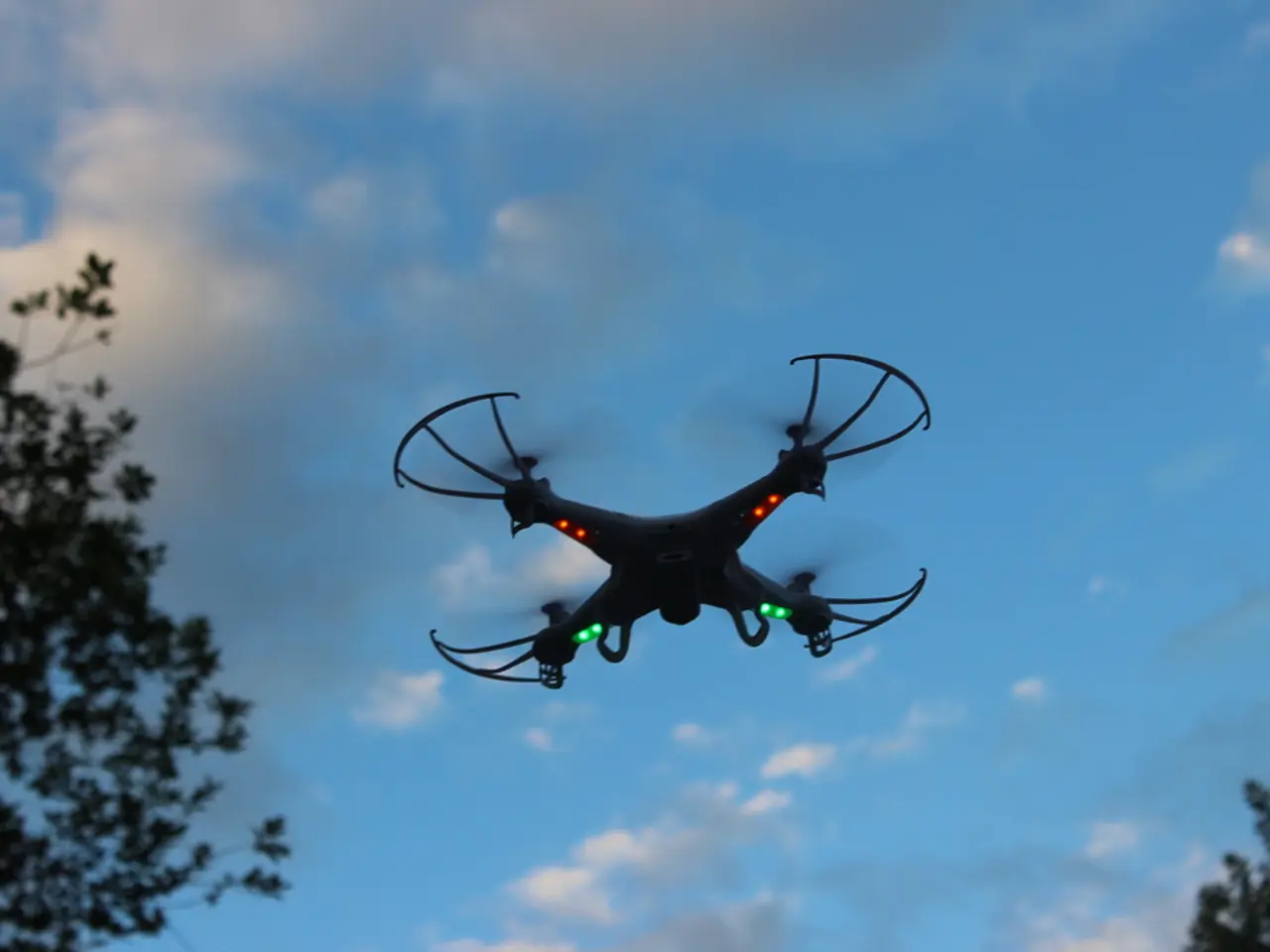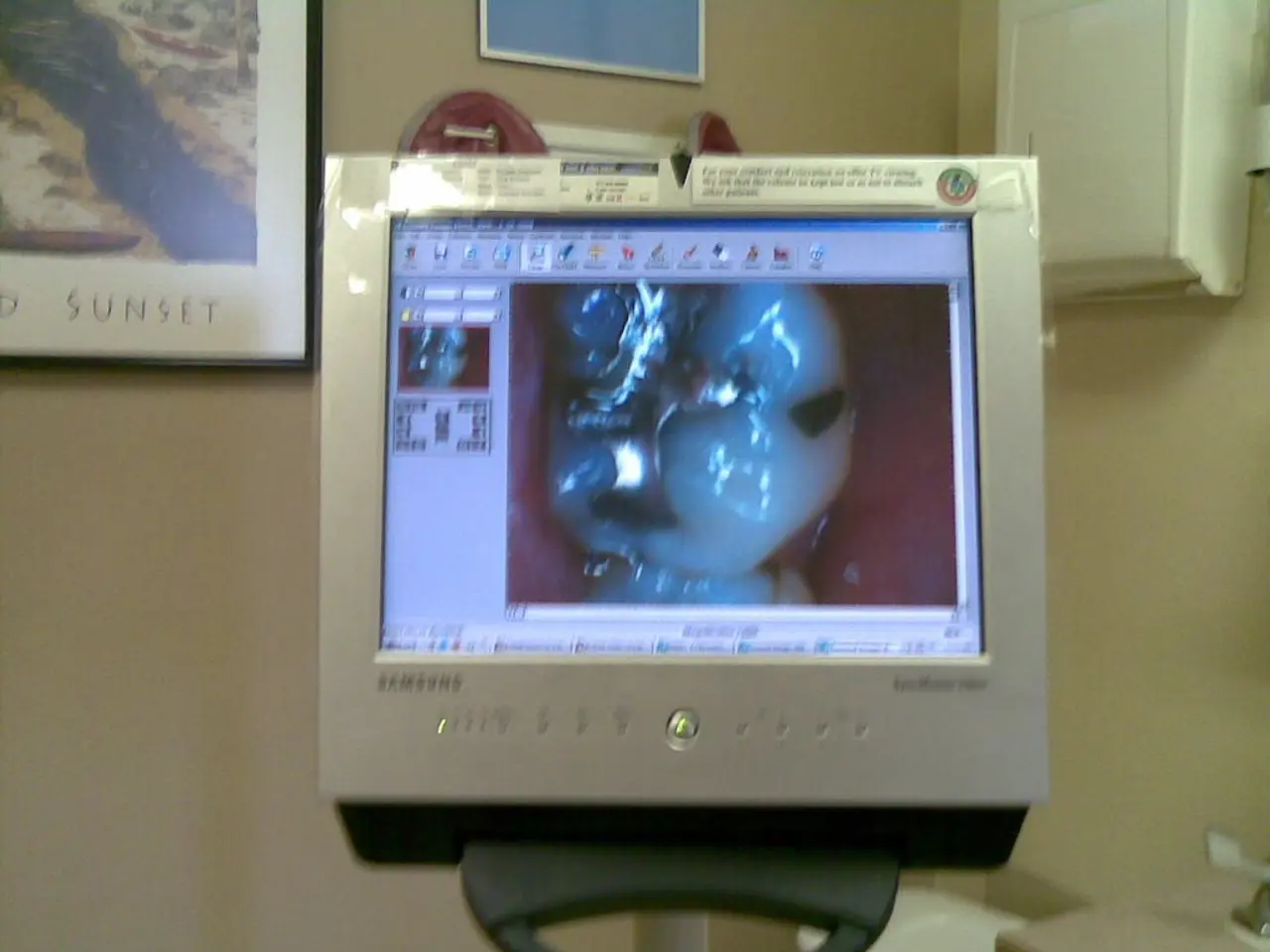Duties of a Drone Technician in India
In India, the field of drone engineering is expanding, driven by the diverse applications of drones across various terrains and industries. This dynamic sector requires skilled professionals who can develop custom software and assemble drone components to meet the unique needs of each use case.
Designing, Assembling, and Testing Drones
At the heart of drone engineering in India is the design, assembly, and testing of drones. Engineers are responsible for creating prototypes, selecting materials, designing flight control systems, and ensuring aerodynamic efficiency and performance. They also assemble various components such as propellers, motors, cameras, sensors, and batteries.
Programming and Software Integration
Modern drones rely on advanced embedded systems and AI, and drone engineers integrate software that controls flight paths, GPS navigation, real-time data transmission, obstacle detection and avoidance, and autonomous takeoff, landing, and decision-making. Key responsibilities include programming and software integration, such as embedded systems and telemetry, as well as calibrating sensors and ensuring communication between hardware and software components.
Maintenance and Troubleshooting
Drones are subject to regular wear and tear, and drone engineers are often responsible for maintaining, repairing, and upgrading systems. They diagnose system failures or performance issues to ensure reliability and operational efficiency.
Data Collection and Analysis
Drone engineers collect and analyse data from drone operations to optimise performance and mission outcomes. This data is crucial in improving drone capabilities and making informed decisions about future developments.
Regulatory Compliance and Safety
Ensuring regulatory compliance and adherence to safety standards is a key aspect of drone engineering in India. This includes monitoring battery health, updating firmware and software, troubleshooting technical glitches, and ensuring compliance with DGCA (Directorate General of Civil Aviation) norms.
Cross-Industry Collaboration and Education
Collaboration is vital in the drone engineering field. Drone engineers work closely with teams across industries such as defense, agriculture, public safety, and education. They sometimes mentor or educate students about drone technology and guide projects through practical, hands-on experience.
The Role of Drone Engineers in Various Industries
Defense
In the defense industry, drone engineers are responsible for developing drones for military applications, including surveillance, reconnaissance, and target acquisition.
Surveying
In the surveying industry, drone engineers use drones to collect accurate data for mapping and topographic surveys, reducing the need for manual measurements and improving efficiency.
Agriculture
In agriculture, drone engineers develop drones to monitor crop health, soil moisture, and pest infestations, providing farmers with valuable insights to improve crop yields.
Infrastructure Planning
In infrastructure planning, drone engineers use drones to collect data for site surveys, construction progress monitoring, and inspections, improving safety and efficiency.
Disaster Management
In disaster management, drone engineers use drones for search and rescue operations, damage assessments, and logistics support, helping to save lives and property.
Essential skills for a drone engineer in India include proficiency in CAD tools, embedded software, sensor calibration, problem-solving, communication, and hands-on experience with drone systems. With the growing demand for drone technology, a career in drone engineering offers exciting opportunities for those with the right skills and passion.
In the realm of drone engineering, lifestyle can intersect with technology through the implementation of drones in various sports, such as racing drones or using drones for sports footage.
The integration of weather data can significantly enhance the functionality of drones in fields like agriculture, where precise information about weather conditions can aid in optimizing crop management decisions.
Moreover, the potential application of advanced embedded systems and AI in sports technology, particularly for performance tracking and analysis, can bridge the gap between technology and recreation, reshaping the sports landscape in unforeseen ways.




